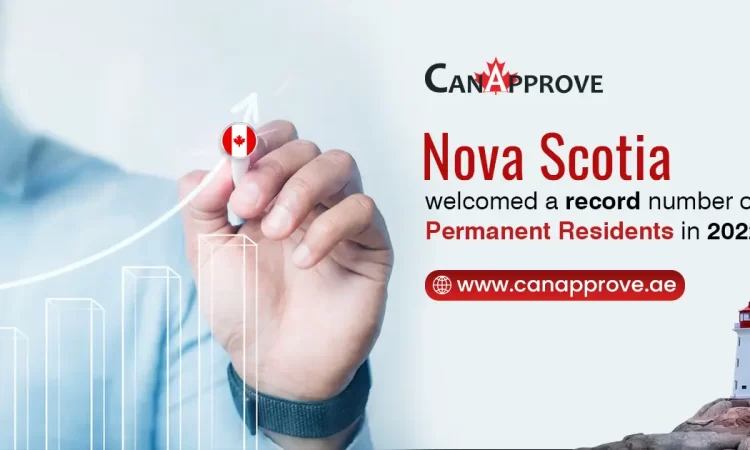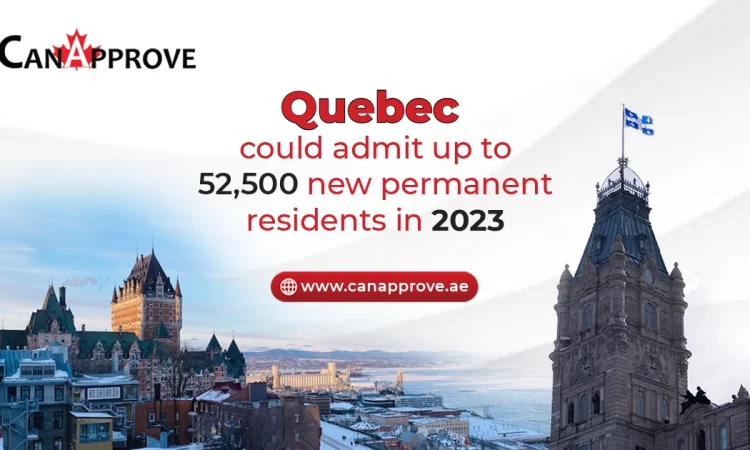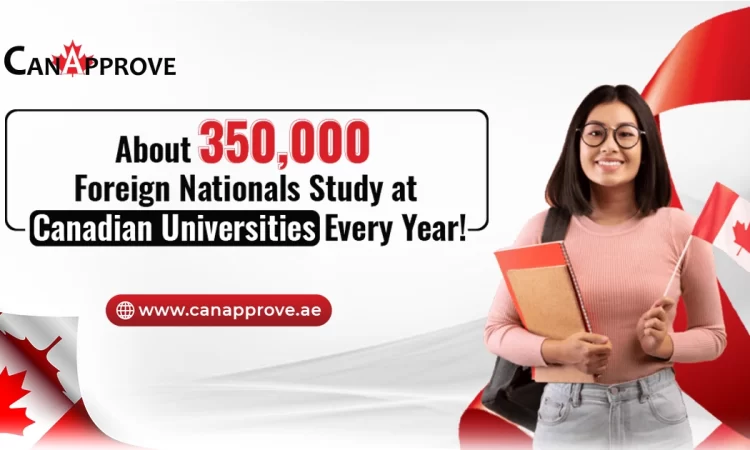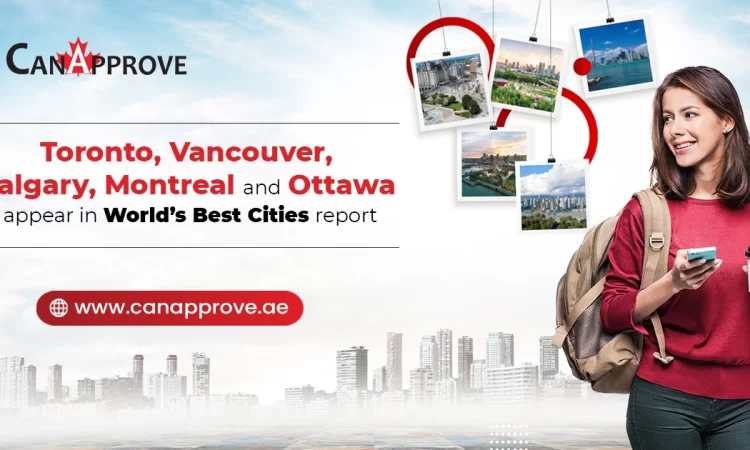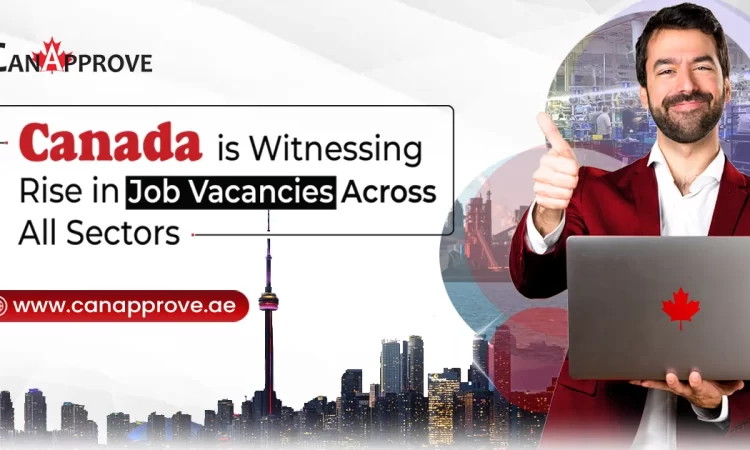The Atlantic province of Canada, Nova Scotia has already set an immigration record for 2022, even though the year is yet to end.

According to a recent report by the province’s public accounts committee, Nova Scotia has already welcomed 10,670 new permanent residents in the first 9 months of 2022.
“That is more than any previous year and we still have three months remaining in the calendar year for processing,” said provincial Deputy Immigration Minister Ava Czapalay.
Based on this trend, the total number could increase to a total of 14,227 permanent residents by the end of 2022. It is 55.4 percent more or 5,042 new permanent residents settling in Nova Scotia than in 2021.
Additionally, a projected 59.8 percent growth in foreign nationals working in Nova Scotia through the Temporary Foreign Worker Program (TFWP) will be recorded by the end of 2022. This show Nova Scotia is welcoming more temporary foreign workers.
With a record high number of study permits being issued for study in Nova Scotia, the province’s International Mobility Program (IMP) is also on track to set a new record. The province could see 7,780 work permits issued under the IMP this year, or roughly 1.8 percent more than the record-setting 7,645 last year
Also read>> Nova Scotia Plans To Target More French-Speaking Immigrants For Issuing Provincial Nominations
Projected PR Targets 2022 Landing in Nova Scotia
2022 projected intake for Nova Scotia through various PR programs and student visas are listed below:
| Immigration Programs | Number of Projected Invites |
| Nova Scotia Nominee Program | 6,407 |
| Atlantic Immigration Program | 2,900 |
| Federal Skilled Worker Program | 253 |
| TR to PR | 1,740 |
| Family sponsorship | 1,067 |
| Study Permit | 12,853 |
Plan your Canadian Immigration with CanApprove
Any eligible foreigner can get nominated to qualify for Canadian permanent residency through Nova Scotia in two ways:
- the Atlantic Immigration Program (AIP), and
- the Nova Scotia Provincial Nominee Program.
Additionally, the Federal Skilled Worker Program under Express Entry allows you to settle anyeher in Canada, including Nova Scotia. A study permit pathway is also a popular choice for qualifying for Canada PR by gaining work experience.
With so many options available for your immigration to Canada, you may need professional advice to pick the most suitable choice based on your academic profile and work experience.
CanApprove is a registered consultant with the College of Immigration and Citizenship Consultants (CICC). The authorization makes us a genuine representative to offer various Canadian immigration services including finding jobs in Canada, settlement plans, and all other documentation support to aspirants across the globe.
With over two decades of experience in immigration & overseas education counseling, CanApprove becomes the natural choice in the region for aspiring immigrants to migrate to Canada from Dubai.
Book your free session with our advisors today!
